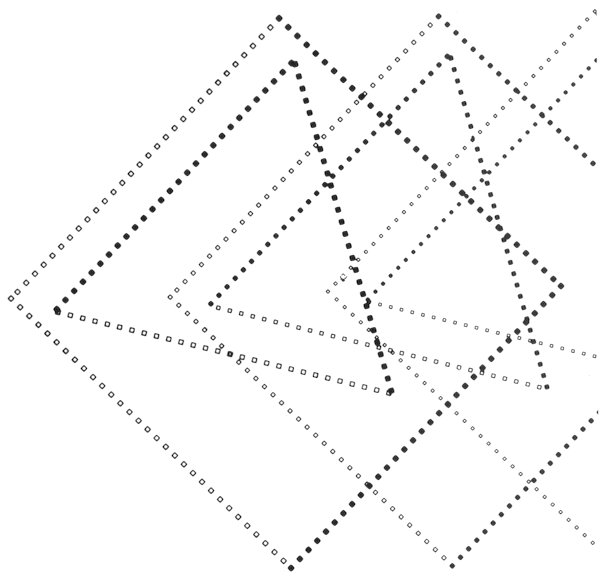|
As Moholy-Nagi emphasized in his final book "Vision in Motion", people have been making great efforts to express "Transparency" from small staffs used in daily life to architectures in this century. There has never been any other century than this when so many expressions of transparency have appeared, and were used in such various ways if the development of expressions of transparency using non-transparent materials was included in addition to the significant developments of transparent materials. This is because the present age is an open age when things inside are visible, and people feel a larger charm in the light and clear sensitivities than in the stable and heavy ones. As for the consciousness of the people who works with modeling, they tend to incline from quantity to space. Especially in the field of solid modelings, a significant nature of the current modeling is seen with a strong inclination. Although there are large limitations in the field of two-dimensional expressions, there are enthusiastic pursuits for expressions of transparency using various techniques. The basis of the "transparency" is a feeling we get when we observe a thing beyond a sheet of glass. In other words, at least more than two planes of this side (transparent object) and that side beyond the transparent object are needed. Both should be seen simultaneously in this case. Therefore, these should not be drawn as if they exist on the same plane, and the underneath shapes must not be hidden. These are the key issues for expression. Let's investigate how a feeling of transparency can
be expressed on a plane in the case of using points, lines, and surfaces
one by one.
Figure 435: Composition of a feeling of transparency using points.
|
